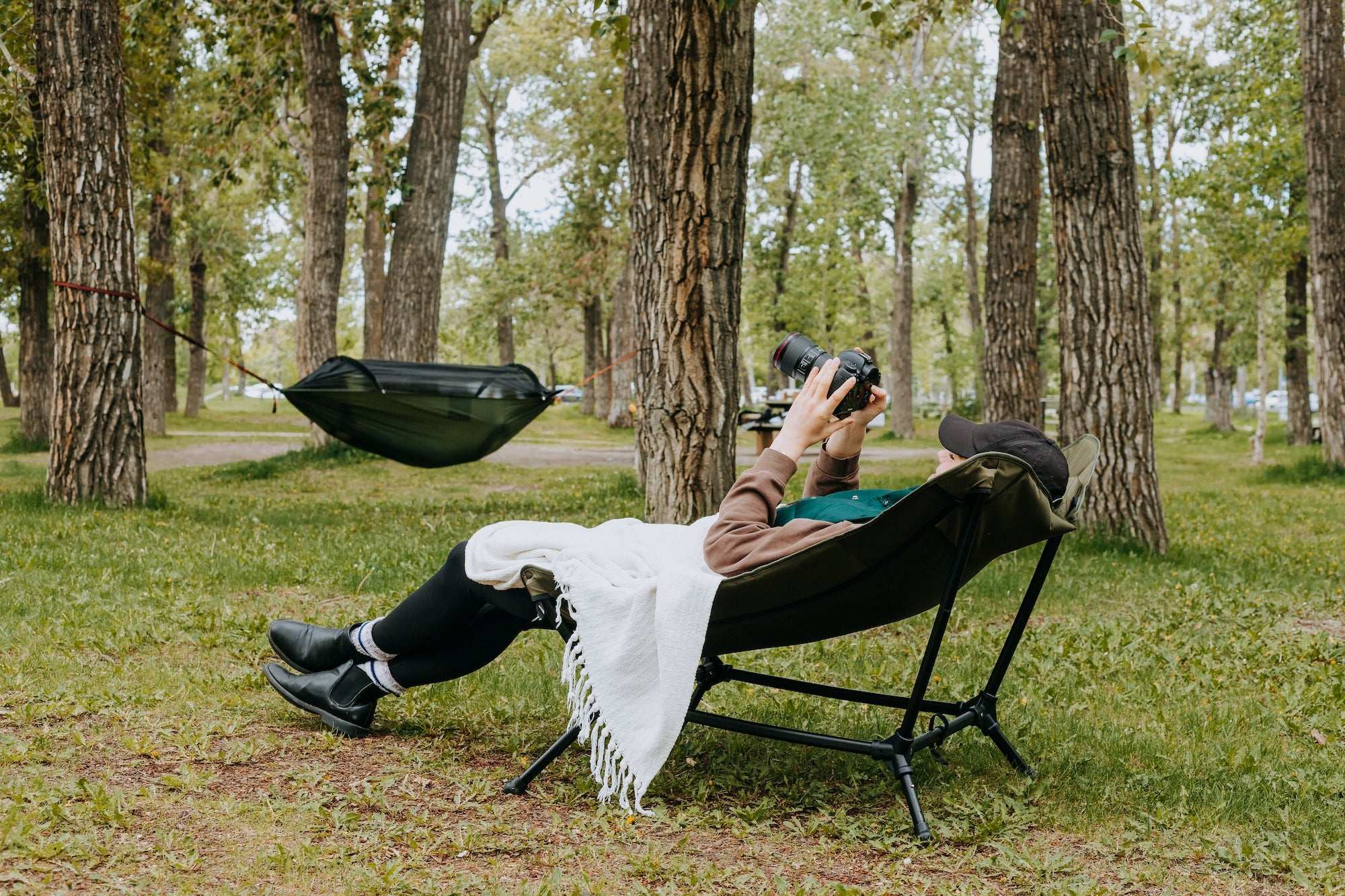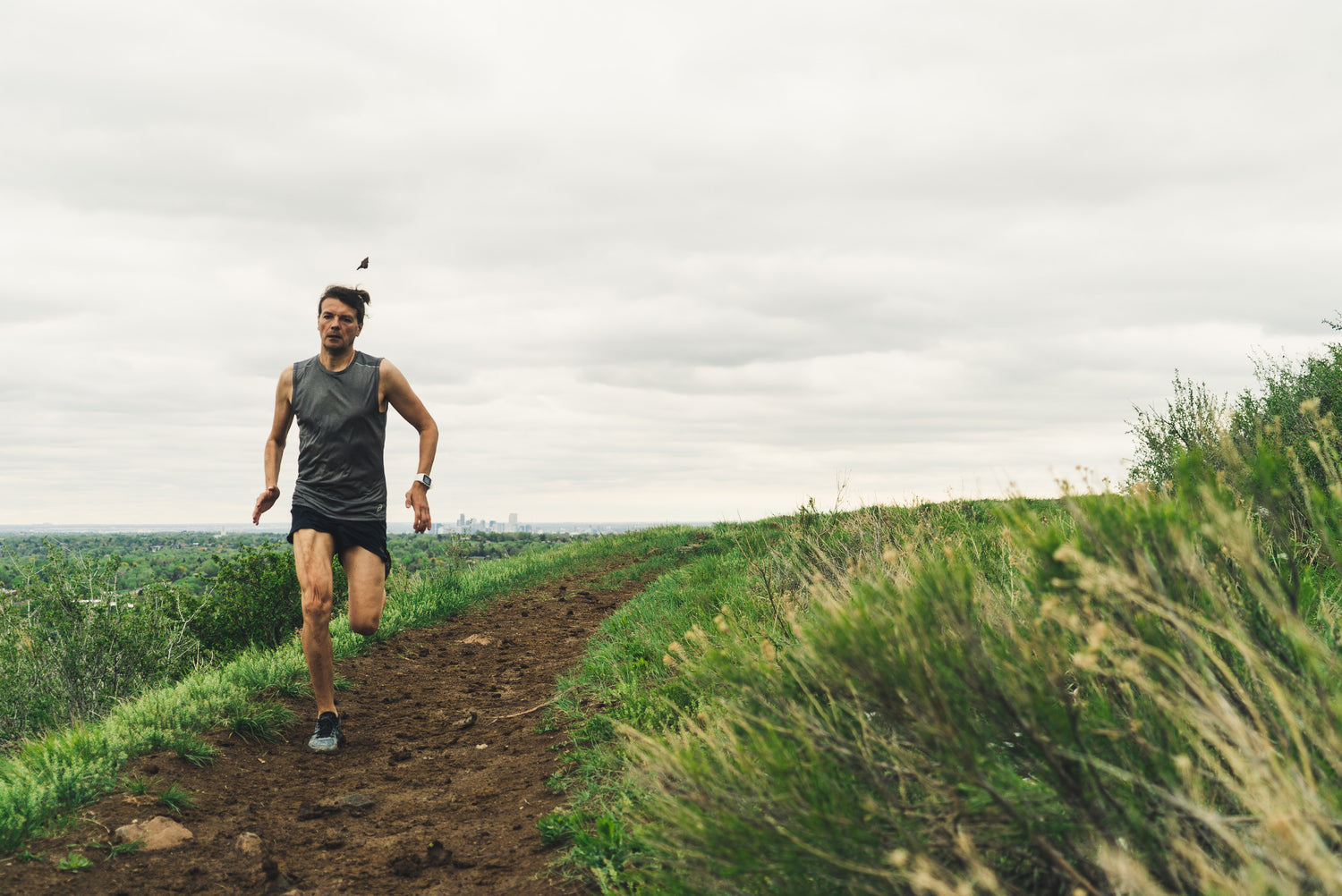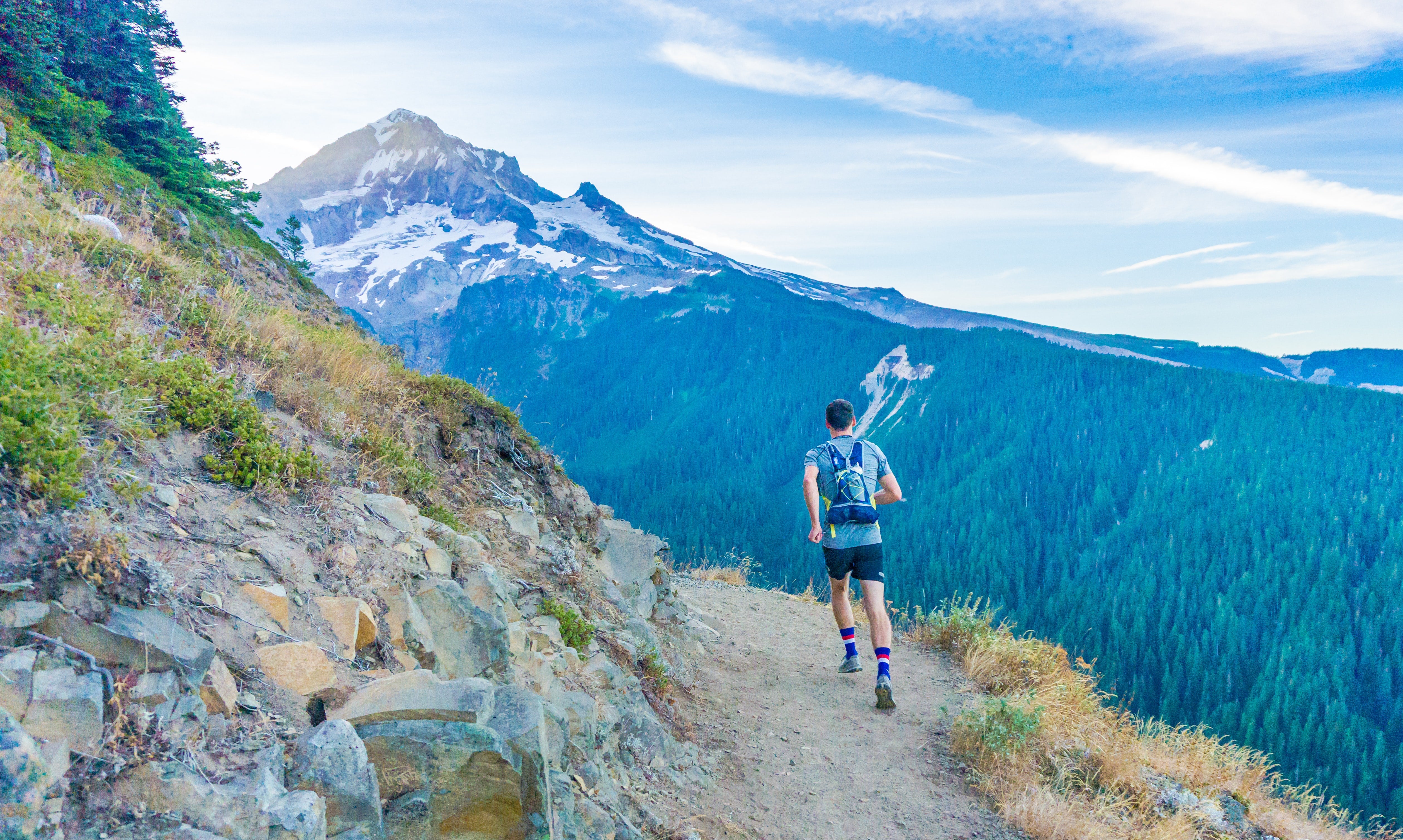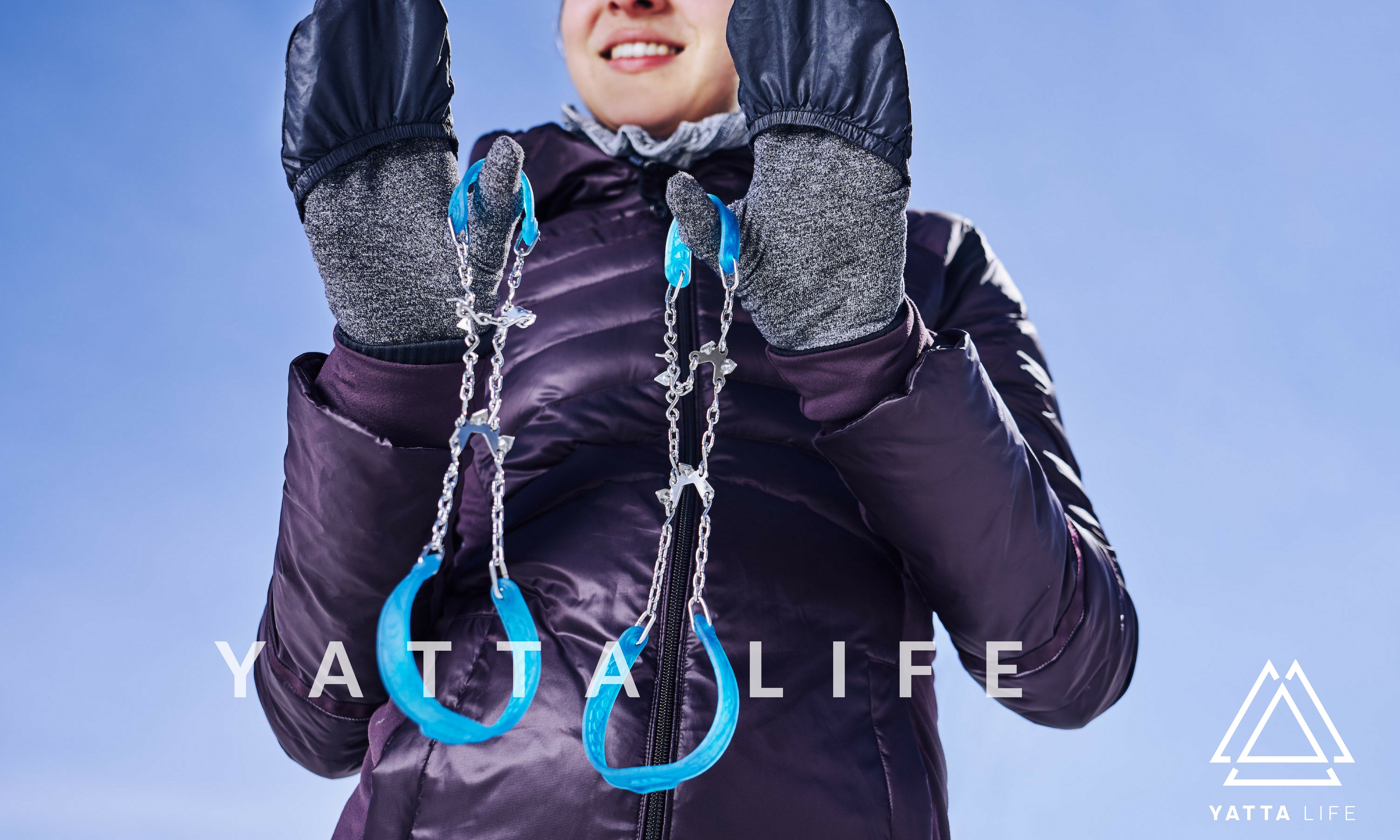In the time when gyms remain closed due to the pandemic, running seems to be the last resort to fitness. Breathing open air will also improve the mood, as the pandemic-borne isolation can easily stress anyone, especially extroverts and regular runners.
Plus, exercising can potentially boost immunity and help fight the virus. Going outside, even for thirty minutes, means getting Vitamin D that plays a role in immune function.
So, is there a way one could go out for a run without risking their life or posing a threat to others? The good news is yes. There are measures a runner can take to protect themselves and others while still focusing on their fitness.
Below are precautionary tips to keep in mind when leaving to jog during the current pandemic.
Maintain Social Distancing; Keep 12 Feet Apart
Social distancing is the primary strategy to prevent risk posed by the Coronavirus.
So far, we know that Centres for Disease Control and Prevention (CDC) has rolled out the advisory to keep six feet away from each other. The reason being that we spew droplets from the mouth when we speak.
However, when you run and pant, you are more likely to exhale respiratory droplets in a larger quantity and project them farther. Therefore, it is necessary to keep a farther distance between yourself and others when you are running – at least 12 feet.
Never Forget the Mask; Wear One that Does not Hamper Breathing
CDC guidelines recommend all should cover their faces with a cloth when in a public setting where social distancing is tough to maintain. Think grocery stores, for example. Still, we suggest you never leave the mask at home.
Whether or not your running space gets crowded, keep a mask ready, even if in the pocket. Unless the route is an off-beaten path where anyone seldom shows up, it becomes imperative to exercise caution. You might be following the guidelines, but someone else can get careless.
However, be picky about which mask you choose. Do not run with an N95 on that adds inspiratory resistance. Instead, choose a mask with a valve that has an expiratory port to keep airway resistance at a minimum. You can also opt for double-layered cloth masks that are neither too tight nor too loose.
Note that wearing a mask is not a substitute for social distancing, handwashing, or staying at home when ill.
Keep a Sanitizer in Pocket: You Never Know When It Comes Handy
Like we said before, putting on a mask is not a substitute for washing hands. When outdoors, you can come in contact with objects such as a traffic button or a bench when leaning on to stretch. While we strongly urge you to avoid coming in contact with public objects, let’s be real, it can happen.
In such a situation, you might not have access to water and soap. It is when sanitizer, handwashing’s powerful sidekick, comes in handy. It ensures germs do not transmit from you to others and vice versa.
Keep in mind, never leave the sanitizer in the car. Being alcohol-based, sanitizers are volatile and pose a threat if left inside an automobile. According to the CDC, they are flammable and can readily evaporate when exposed to heat.
BYO Water; Keep Away from Indirect Contact
Because the virus spreads through respiratory droplets, drinking at public water fountains or taps is a big NO during the COVID-19 pandemic. Bring your own weapon water to fight Coronavirus.
Similarly, refrain from using public restrooms too. It is a place where the surface is touched the most and randomly. From the door nob to the flush, every next object has come in contact with multiple people.
The CDC recommends that all frequently-touched surfaces be washed regularly. But who can tell if they are? For the same reason, avoid pit stops too.
Go Solo; Avoid Running in Groups
CDC advisory is to avoid gathering of more than 50 people, and several countries are asking to restrict the numbers to lower than 10. What does that mean for runners? Be extra cautious and limit the group to 3-4 people whom you completely trust to be safe. Despite the trust, strictly maintain the 12 feet social distancing.
Before planning a run with close friends or training partners, check with your local guidelines too. Ponder over the risk of asymptomatic spreading of COVID-19 and come up with a proper plan on how you’ll minimize the risk.
Above all, if you are not sure, drop the idea of group runs and go solo. It is the safest and most reliable option right now.
Avoid Long Intense Runs; Don’t Deplete Glycogen
While running can boost immunity, intensive runs can work against the immune system by depleting your stores of glycogen. How does it affect? Depleted glycogen means that post-run the body’s defences will be down, and it will be more susceptible to getting infected. It will prove even more problematic if, during the run, you come in contact with someone who is sick with the flu or virus. Therefore, it is better to avoid long, intense runs until we get through the current pandemic. Do not overdo exercises.
Those who are not regular runners should ease their way into increasing speed and distance.
Take Precaution; Take Shoes Off at the Door
According to Harvard’s Dr. Joseph Allen, the general public does not need to worry about tracking viruses via the bottom of their shoes.
Yet, consider leaving the shoes at the door once you are home. There’s hardly such a thing as being over-cautious when it comes to COVID-19.
If you have dedicated sportswear for when you go running, it is advisable to clear a separate spot to keep away from other outfits. Keep at least two sets, so you can wash one and wear another on alternative days.
Don’t Sweat It; Sweat Is Not Corona-Transmitter
This point is not a precautionary tip, but important information to relieve some stress. Respiratory droplets from the mouth can spread Coronavirus, sweat cannot.
Image from @freetousesoundscom





Leave a comment
All comments are moderated before being published.
This site is protected by hCaptcha and the hCaptcha Privacy Policy and Terms of Service apply.